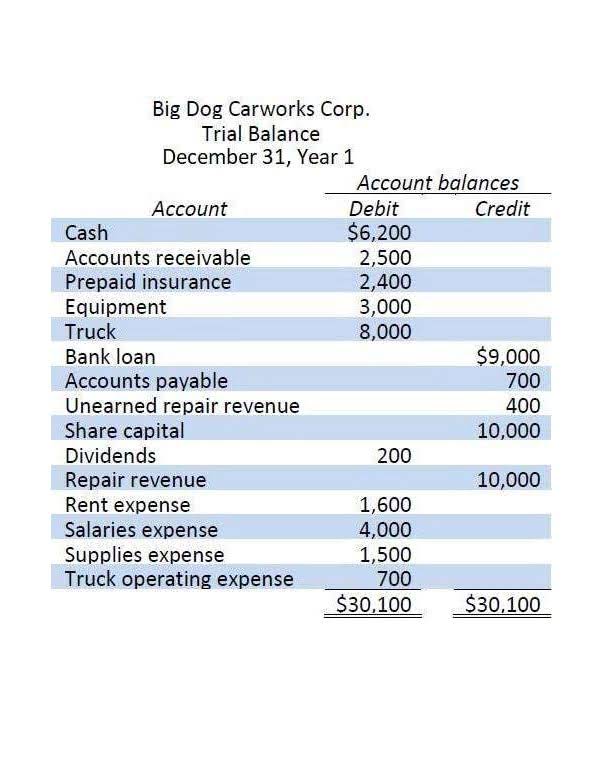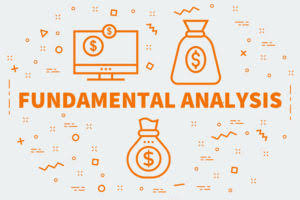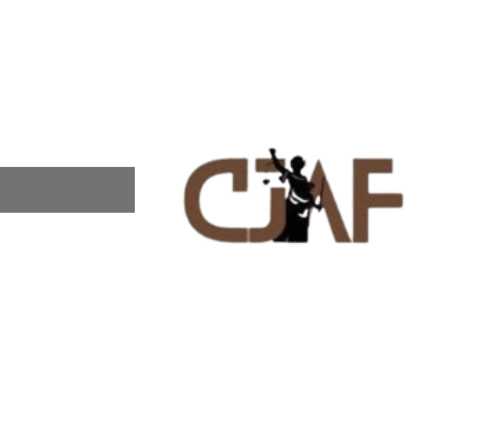6 1 Absorption Costing Managerial Accounting

It uses Absorption Costing to assign these costs to the cakes and pastries it produces. For instance, if the bakery makes 500 cakes cash flow and spends £5,000 on direct costs and £2,000 on overhead, each cake will absorb £14 in costs. This method allows the bakery to precisely monitor all expenses and establish prices for its cakes accordingly. Another drawback is that Absorption Costing can sometimes provide misleading insights into profitability.
Accounting for all production costs
- Those costs include direct costs, variable overhead costs, and fixed overhead costs.
- ERP integration also allows for better data analysis, which helps in assessing a company’s profitability and operational efficiency.
- Contribution margin analysis is a technique used to calculate the amount of contribution margin per unit.
- With a clear understanding of absorption costing, businesses can make informed decisions that contribute to their financial success and sustainability.
- While both methods are used to calculate the cost of a product, they differ in the types of costs that are included and the purposes for which they are used.
- Fixed manufacturing overhead costs are indirect costs and they are absorbed based on the cost driver.
This will help you better understand where your money is going and how to optimize your production process. Direct labor costs are the wages and benefits paid to employees who are directly involved in the production of a product. These are individuals whose efforts can be directly attributed to a specific product’s manufacturing. In this article, we’ll explore the fundamental concept of absorption costing for accounting in manufacturing. Implementing absorption costing poses several challenges absorption costing formula that businesses should consider. General or common overhead costs like rent, heating, electricity are incurred as a whole item by the company are called Fixed Manufacturing Overhead.
- Absorption costing allocates all manufacturing costs, including fixed overhead costs, to the units produced.
- Because all costs are allocated to products, determining the true profitability of a product line can take time.
- This allows the company to establish competitive prices while ensuring profitability.
- Absorption costing is an essential accounting method that provides businesses with a detailed view of total costs.
- Variable cost is assumed as product cost whereas fixed cost is taken as a cost for the period.
Difference between Absorption and Variable Costing
- While other costing methods may be more complex, absorption costing is relatively straightforward.
- Ensure that both direct costs like direct materials and indirect costs are correctly allocated to each unit produced.
- This makes it an appealing option for companies looking for a simple way to track and manage production costs.
- Regularly review and adjust overhead costs to match any changes in your production process.
- This not only helps the management in evaluation of the financial condition of the business but also estimate the cost and plan production accordingly.
For example, if you are manufacturing a product that takes two hours to produce and have one worker paid $10 per hour, the labor cost for that activity would be $20. We’re a headhunter agency that connects US businesses with elite LATAM professionals who integrate seamlessly as remote team members — aligned to US time zones, cutting overhead by 70%. In practice, if your costing method is using Absorption Costing, you are expected to have over and under absorption. Therefore, this additional cost of ₹10 per unit, incurred to produce 1 more tire is the marginal cost. Picture yourself overseeing a small bakery – comprehending these costs could be the linchpin that separates financial gain from failure. An example of Absorption Costing is provided to illustrate how this method works in practice.
Absorption Costing Scenario: Hypothetical Business Case

The components of absorption costing include both direct costs and indirect costs. Direct costs are those costs that can be directly traced to a specific product or service. These costs include raw materials, labor, and any other direct expenses that are incurred in the production process.

Change in the opening or closing stock does not affect the per unit cost. The Knowledge Academy offers various Management Courses, including the Costing and Pricing Training, Management Training for New Managers and the Introduction to Managing People Course. These courses cater to different skill levels, providing comprehensive insights into Cost Accounting and Management Accounting. Vincent van Vliet is co-founder and responsible for the content and release management.

What is absorption costing and variable costing?
In contrast, variable costing treats fixed overhead costs as period costs and excludes them from product costs. A manufacturing company produces various products, such as smartphones, tablets, and laptops. To determine the cost of each product accurately, absorption costing is used. The Accounting For Architects direct materials, direct labor, and variable and fixed overhead costs are allocated to each unit of production.

Activity Based Management (ABM)
Absorption costing may incentivize overproduction as producing more units reduces the fixed overhead cost per unit, making each unit appear cheaper on financial statements. Aspiring Chartered Accountants (CAs) need a thorough understanding of absorption costing, a vital concept in managerial accounting. Overestimating or underestimating units produced can skew unit costs, leading to inaccurate product pricing and profit calculations.
